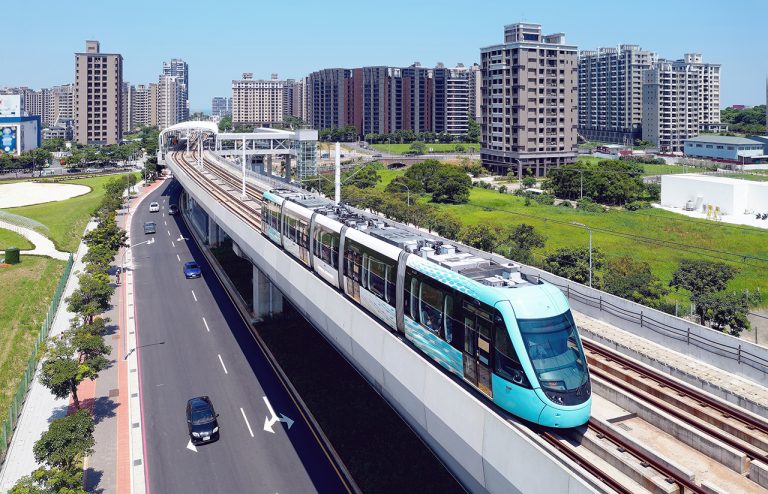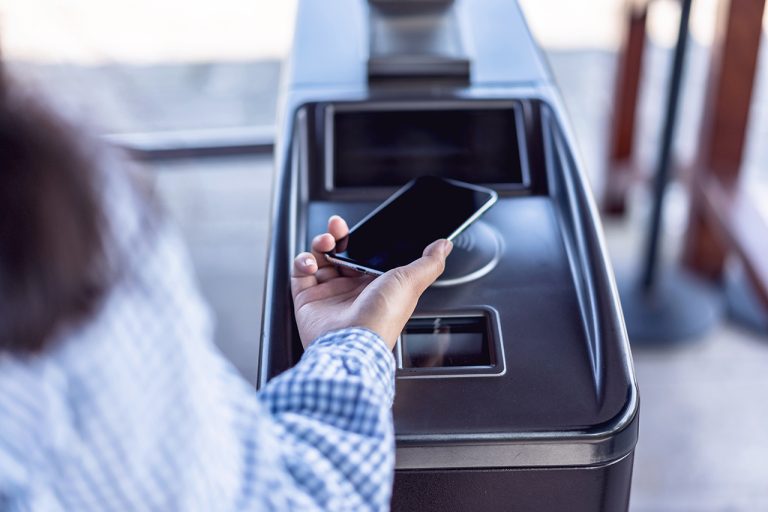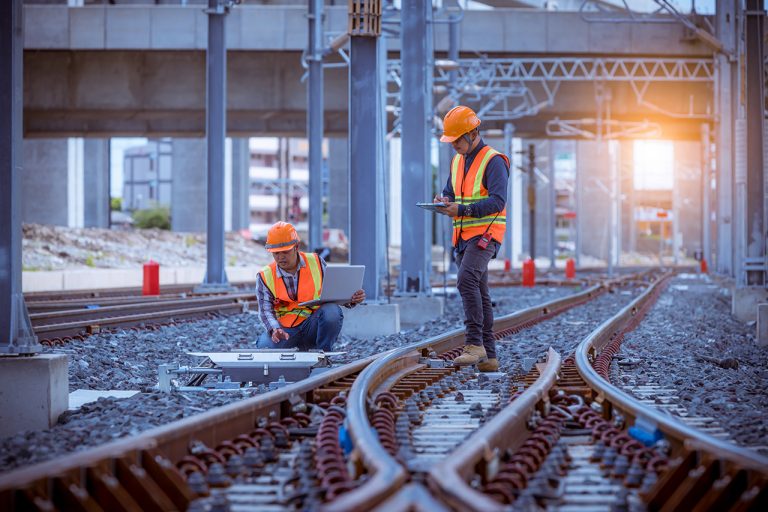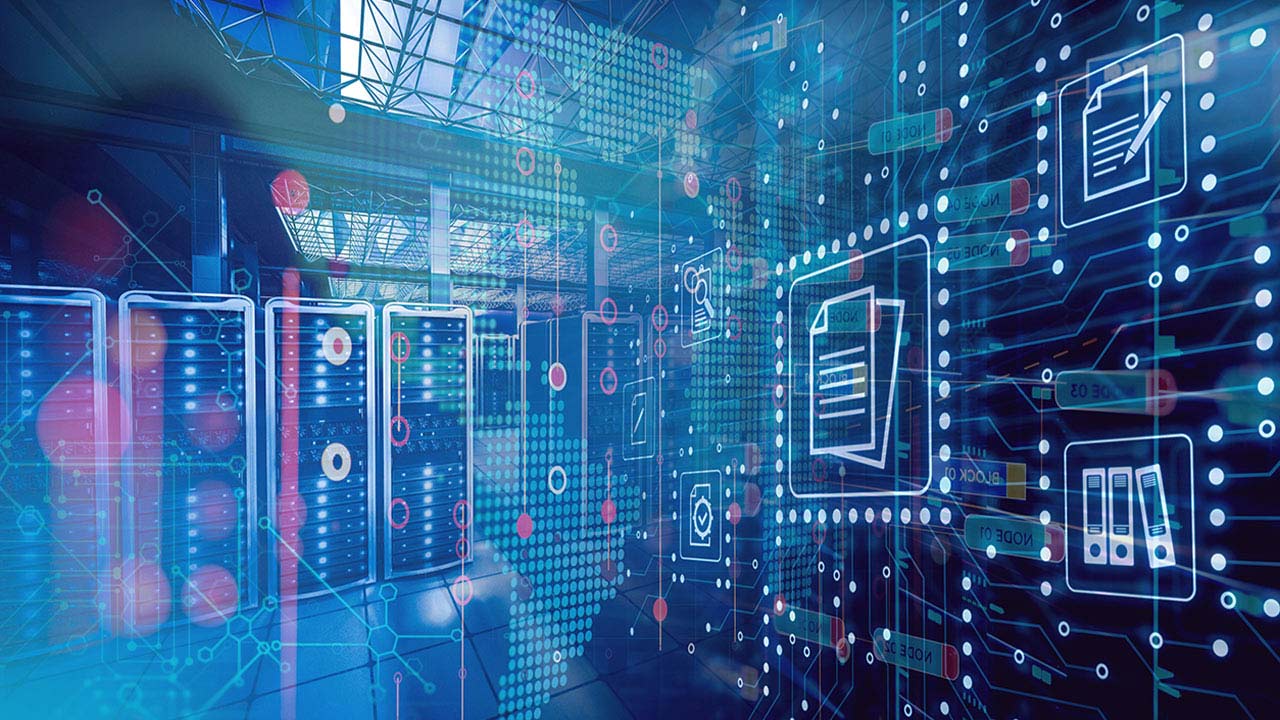What’s driving rail at the moment?
Rail is an essential means of transporting for people and goods. It structures our regions and accelerates their economic development. It also plays a major role in society, opening up an accessible mode of transport to as many people as possible. In the context of climate change, rail is also the least polluting means of public transport. As such, rail can be one of the leading solutions in reducing our CO2 emissions, helping us meet the targets set by the Paris Agreement (2015). Thanks to these many advantages, investment is booming on every continent.

“Rail, a priority focus for governments looking to encourage cleaner travel”
These investments are translating into massive orders for rolling stock, signalling systems and infrastructure. The needs of both today and tomorrow demand – more than ever – that we focus on increasingly specialist subjects, including the passenger experience, inter-operability, cybersecurity, creating new services, optimising the overall cost of ownership for the operators and companies that run our networks.

“The US Government has committed to investing $66 billion in the rail sector”
We can summarise the challenges facing the rail sector by the need to respond to growing demand for smart, efficient, sustainable and safe public transport.
Major developments in recent years
Public authority interest in rail transport had tended to wane from the middle of the twentieth century onwards. However, as suggested earlier, that era is now well and truly over. Globalisation, the liberalisation of the sector, as well as growing urbanisation and the necessary greening of the economy have all allowed the industry to begin a new transformation, which is ongoing. The rail industry is in the spotlight once again and the excitement is palpable.

“Innovation is coming down the track!”
This can be seen in various ways:
- The search for integrated mobility. Once firmly segregated, mobility is now everything and railway has a major role to play. We’re in the process of switching to integrated mobility, where different modes of transport converge so passengers can easily get from A to B, knowing exactly how long it will take, how much CO2 will be emitted, even able to manage reservations and passenger information via a mobile app. As a result, the question of interoperability has become paramount. This has resulted – and continues to result – in increasingly efficient traffic and information management systems, alongside the development of brand-new solutions, like MaaS. New modular solutions capable of moving people and goods both by rail and road could also help adapt accessibility and availability based on demand.
- Digital, a catalyst for rail ambitions. Long sealed off from the outside world, the railways are charging into the digital universe. No part of the railway will escape this revolution. From stations to control centres to trains on the tracks, it’s all change on the railways. A wide range of applications is to be expected, including:
- The digitalisation of trains, which will considerably improve performance. Emerging technologies will make it possible to optimise a train’s energy efficiency, alongside automated driving, safer control, comfort and capacity. Breakdowns can even be predicted thanks to predictive maintenance
- Signalling equipment and infrastructure will also greatly benefit from developments. Data analysis and migration to the cloud will reduce operating costs and, at the same time, increase the amount of traffic able to use the same infrastructure.
- End users won’t be left out, as they’ll be offered new services that will considerably enhance their travel experience.It’s worth noting digitalisation isn’t without its problems, for example, genuine expertise in cybersecurity (which we also have at Expleo) is a must for any successful digital transition. And operational safety, as always, remains primordial.
What’s the long-term vision for rail: what will tomorrow’s railway look like?
In rail, we’re now entering a phase of constant evolution. Key shifts are already underway, and they’ll need to be accompanied by:
- Even more digital services. We’ll need to incorporate more and more digital services, integrate data science, guarantee cybersecurity, and use emerging technologies, like virtual reality. We’re already working on projects with our customers to support them with these changes, including use of photogrammetry and rapid 3D modelling from photos, cyber experts preventing malicious attacks, and we’re even developing migration projects to the cloud.
However, due to our industrial culture, digital is not a final destination in itself. Personally, I see it as a catalyst for new types of added value. When digital technology makes it possible, for example, to develop new services, then it becomes an accelerator of value. Digital also makes it possible to improve the performance, quality and durability of our systems, as well as the passenger experience. For example, we’re working to improve safety in stations using digital tools to identify risky behaviour across station facilities. We’re also working on automating train driving, which will increase performance in terms of traffic, but also reduce CO2 emissions at the same time.

- Rational use of existing infrastructure and equipment. This evolution of the railway sector should be pragmatic and rational. We’re now moving towards smarter and more economical use of resources with, for example, the development of predictive maintenance, consolidating supply chains, even increased use of train paths with regard to new possibilities in terms of signalling. As such, we’re helping to optimise traffic in increasingly congested towns and cities, even as urban populations continue to grow.

How is Expleo supporting customers in the face of these developments?
Significant rail expertise. Our significant experience in the field, both in terms of knowledge of railway and safety standards, as well as our ability to develop the attractiveness of the sector, means we can be present throughout the entire V-cycle, from design to rollout, approval and support to certification.
“Projects led by Expleo throughout the entire V-cycle”
In practical terms, we’re invested in projects working on the passenger experience, meaning passenger comfort, safety, noise reduction, etc. A great deal of money is currently being invested in new systems but also modernising existing systems, something we’re directly benefiting from.
Creator of new talent. To deal with a lack of resources and the war on talent all industries are currently facing, we’ve decided to invest in our own training school dedicated to the rail industry. As of this year, we’ve begun training 250 new recruits in specialisations ranging from ERTMS and CBTC signalling, digital and cybersecurity, quality inspections and, more generally, traditional roles in railway engineering. The other major advantage is that our solution is easily accessible to all our employees in all our countries. As such, our training facility provides the optimal way of strengthening our skills throughout Europe and in developed countries, while also accelerating our development in near and offshore centres (India, Romania, Morocco, Egypt, Mexico). Thanks to our Expleo Railway Academy, we’re continuously training our employees in new railway skills to nurture the talent of today and tomorrow.
A global presence. Our global geographic footprint means we’re present where rail matters most today, as close as possible to our customers. For world leaders in the sector, we’re able to cover between 90 and 100% of their locations. But beyond proximity, we offer global solutions with significant added value, helping to serve local development.
The era of Rail 2.0 has begun and we’re facilitating the transition to this new, cleaner and smarter type of mobility.





